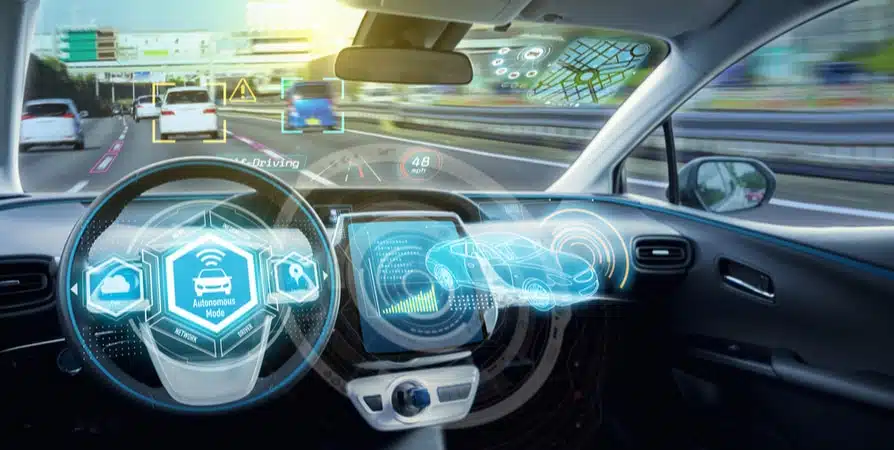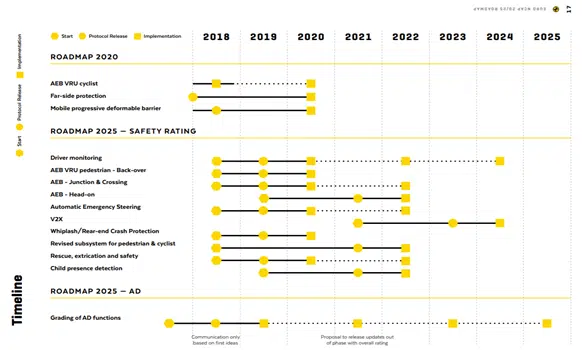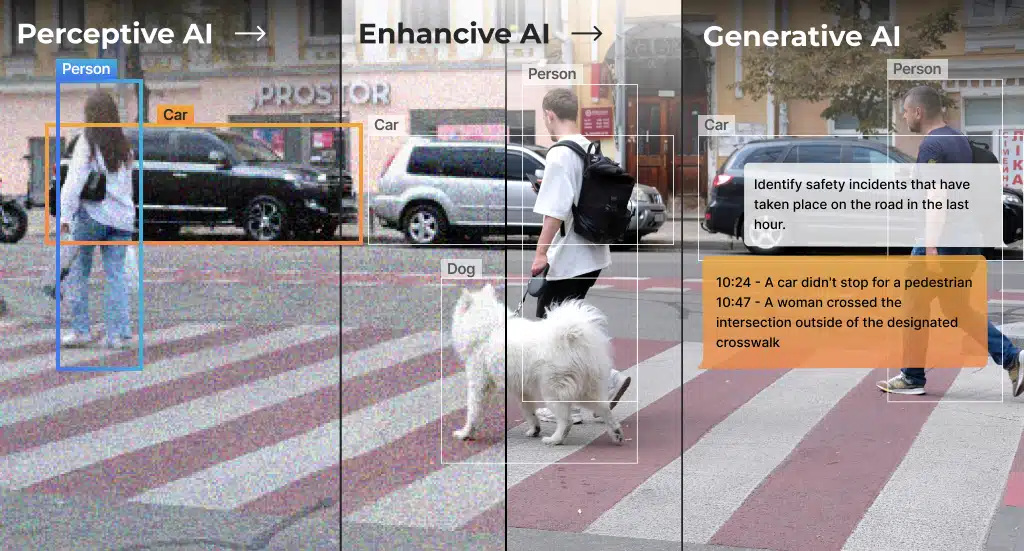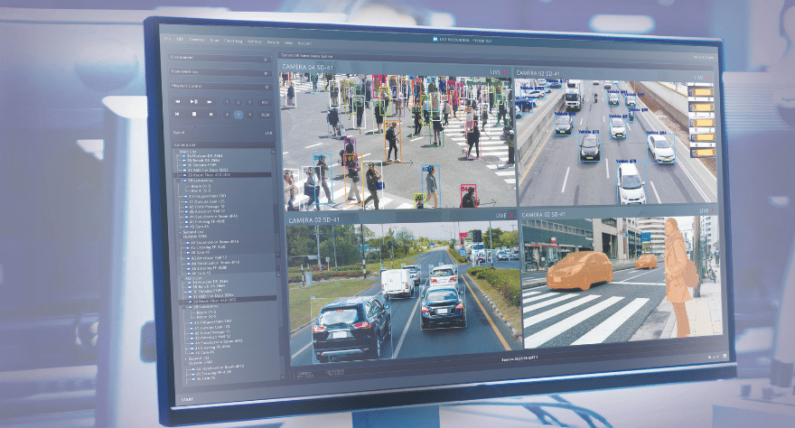ADAS Anatomy: from SAE to NCAP

While my experience wandering the halls of CES 2020 more than a year ago seems as nostalgic as far more distant memories after this unusual year, I clearly remember my impression on automotive ADAS trends at the time. A year later, wandering the virtual halls of CES 2021, I had a similar impression, even though the experience was quite different and lacking the wealth of information one typically absorbs at this huge event.
This impression relates to the span and focus of ADAS (Advanced Driver Assistance Systems). A few years back, the definitive ADAS systems “menu” was based on SAE J3016 standard (which dates back to 2014 and has been revised twice since, in 2016 and 2018) which defines the six levels of driving automation from no automation (Level 0) to full automation (Level 5). Looking at the market today, it is pretty clear that the menu has changed and this standard is no longer its foundation. I would argue the focus has shifted from the technology view, which showed a roadmap of driving automation, into a pragmatic view that focuses on a range of effective driver assistance technologies that are making their way into most new vehicle models.

Beyond engineers dissecting driving automation and splitting it into multiple areas that require solutions, there are of course several other key factors here. One is what consumers want; another is what regulation requires; and, finally, how automakers take these two into account in their new vehicle models. Car buyers want safety and comfort and have come to expect more over time. Voluntary vehicle rating systems, such as Euro NCAP and C-NCAP (China), NHTSA’s Safety Ratings (US), i-VISTA for ADAS/AV (China) and others help consumers compare different vehicles, especially when it comes to safety. Regulation serves as the lower bound for active safety features. Comfort features driven by ADAS are a bit trickier and have no objective metric, but do carry weight in the design of these systems.
Let us focus on the safety aspect and look at both regulation and rating systems. A good place to start is Europe, which is forward-thinking when it comes to vehicle safety. Vehicle safety regulation in Europe has a long history and has proven to be effective in decreasing road fatalities in the region. In 2019, the number of fatalities was 58% lower than in 2000 and 23% lower than in 2010 (1).
Here are some key ADAS-related EU regulations that will come into force starting 2022:
- Advanced Emergency Braking Systems
- Driver Monitoring
- Driver Drowsiness and Attention monitoring and Warning (DDAW)
- Advanced Distraction Recognition (ADR)
- Driver Readiness Monitoring for Automated Driving (DRMAD)
- Event Data Recorder
- Lane Keeping Assistance
- Intelligent Speed Assistance
- Vulnerable road user (VRU) detection and warning (heavy duty vehicles) (2)
The EU regulation focuses on both assisting the driver with braking, accelerating and steering, as well as monitoring his attention and logging his actions. Most of these functions correspond to SAE Level 1 and Level 2 and are getting significant momentum in the market. As automakers compete in the global arena, ADAS functions offered by non-European automakers will have similar capabilities to be competitive. In parallel to the advancement in the ADAS functions driven by regulators, the automotive industry understood there is a big leap from Level 2 ADAS to the higher levels of autonomy (level 3 and 4), which gave birth to the now popular Level 2+ ADAS. These systems add safety and comfort features on top of traditional ADAS applications, while keeping the driver in control of the vehicle (3). This further indicates the automotive industry’s focus on broadening the Level 2 ADAS category, which is expected to gain popularity in both established and emerging markets in the coming years.
Vehicle safety ratings are helping consumers get clear rankings related to ADAS when it comes to safety. Euro NCAP has been testing ADAS features for a few years now, and it has a roadmap in place that defines testing protocols and associated ratings for advanced ADAS features. These include driver monitoring, vulnerable road user protection and others. NHTSA in the US is also looking into this topic, and is considering to follow NCAP’s safety ratings for ADAS (4). Looking at new vehicle models and at the solution offerings by automotive Tier 1 suppliers, regulation and safety ratings are going a long way in shaping the landscape of available ADAS solutions and capabilities offered in many passenger vehicles.

So what is next on the horizon for ADAS? Is it going up the ladder in the original SAE driving automation paradigm? That is, is there more to do in the driver assistance domain or is it really going towards automation? There are industry players focused on both mainstream ADAS systems and automated driving for a variety of vehicles and scenarios, but it is clear that mass market systems will be assisting the driver more than operating the vehicle for him (i.e. automation). There are several improvement vectors for mainstream Level 2/2+ ADAS system that are being worked on at present. Here are two examples:
- VRU detection – a 2019 study by AAA (6) that tested 4 popular 2019 model sedans concluded that the results in mitigating collisions or reducing speed when encountering crossing pedestrians were poor. Many accidents involve VRUs, which leads to awful statistics, so the motivation to improve ADAS capabilities in detecting VRUs is very high. In addition to the advancements in regulation requirements in this domain, sensors are improving in resolution, accuracy and coverage, which will enable much better detection and avoidance of VRUs.
- Driver monitoring – a late 2020 study from Consumer Reports headlined “Cadillac’s Super Cruise Outperforms Other Driving Assistance Systems” concluded: “Monitoring whether the driver is paying attention is a big part of the reason that Super Cruise is still tops in our ranking. The system uses a small camera facing the driver’s eyes to assess whether they are watching the road ahead. If the system determines that a driver isn’t paying attention, it delivers multiple warnings—such as bright red lights on the upper rim of the steering wheel—to grab the driver’s attention.” Driver monitoring, in conjunction with ADAS features such as adaptive cruise control and lane keeping assistance, has become crucial to avoid situations in which drivers take their attention off the road (7). This understanding along with regulatory requirements are promoting better integration of driver monitoring and in-cabin monitoring with ADAS (and in the future, automated driving) for closing the loop on the driver’s attention and control of the vehicle.
In summary, the shift from the engineering paradigm of SAE levels to an approach focused on mass-market driver assistance systems that are use case-driven is evident. In SAE terms, that mass-market point today is somewhere between Level 1 to Level 2 and, driven by regulation and safety ratings, will likely go towards Level 2 and Level 2+ in the coming years. Driving automation features will continue development, some for mass-market (mostly premium Level 3 systems in the coming years) and more sophisticated and complex systems for very specific market verticals due to their high cost (8). Therefore, we can expect to see future generations of mainstreams Level 1 and Level 2 ADAS that are more accurate and better performing on most roads. Hopefully, this will be able to bring down the number of accidents and casualties considerably.
Sources:
- Road safety targets Monitoring report November 2020 European Commission: https://ec.europa.eu/transport/road_safety/sites/roadsafety/files/pdf/monitoring_report_november_2020.pdf
- REGULATION (EU) 2019/2144: https://ec.europa.eu/growth/sectors/automotive/safety_en
- https://www.sae.org/news/2020/12/rise-of-sae-level-2
- https://www.automotivesafetycouncil.org/announcement/nhtsa-announces-rfc-for-modernized-ncap-proposal/
- https://cdn.euroncap.com/media/30700/euroncap-roadmap-2025-v4.pdf
- https://www.aaa.com/AAA/common/aar/files/Research-Report-Pedestrian-Detection.pdf
- https://www.consumerreports.org/car-safety/cadillac-super-cruise-outperforms-other-active-driving-assistance-systems/
- https://www.mckinsey.com/industries/automotive-and-assembly/our-insights/private-autonomous-vehicles-the-other-side-of-the-robo-taxi-story













